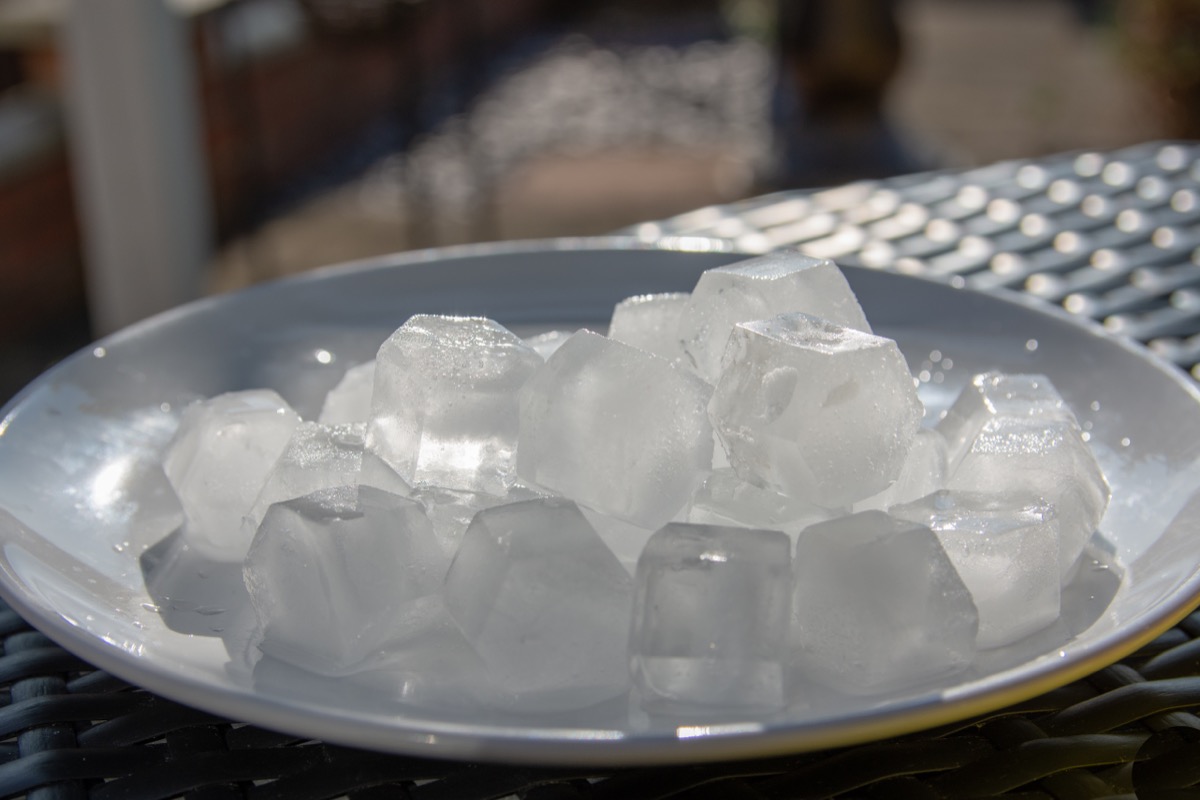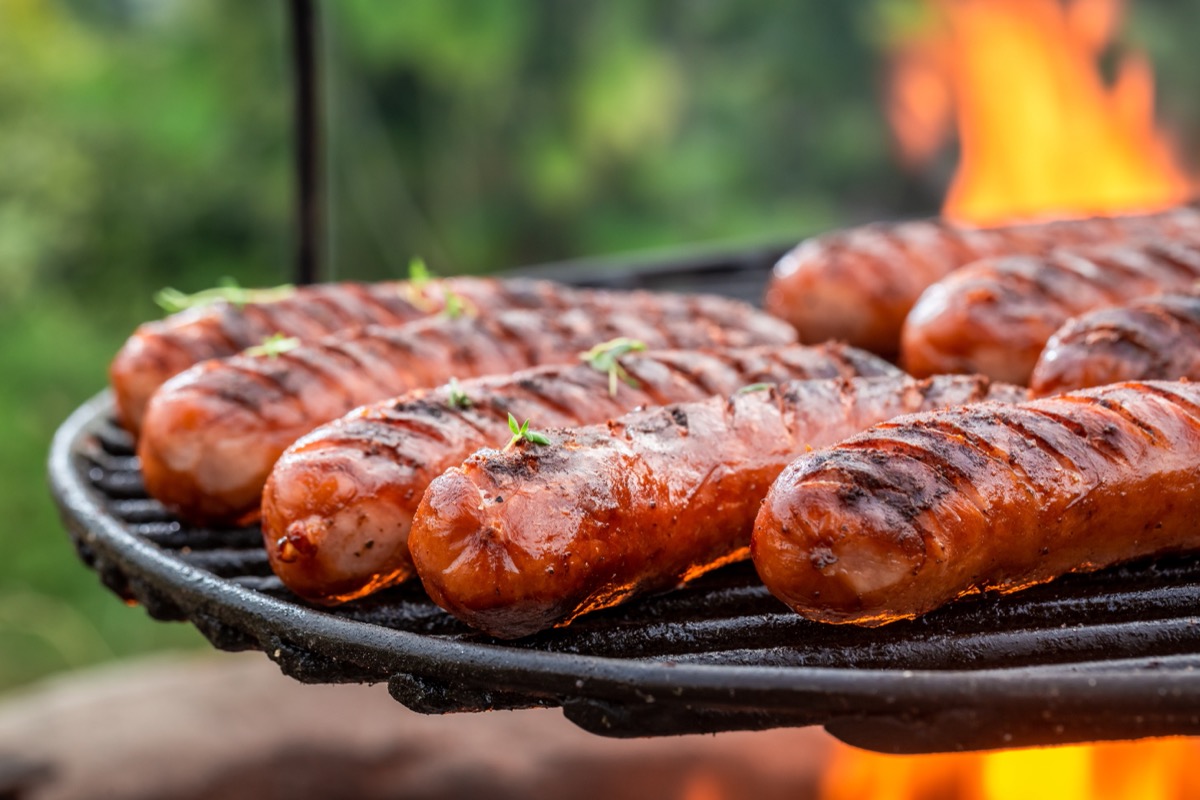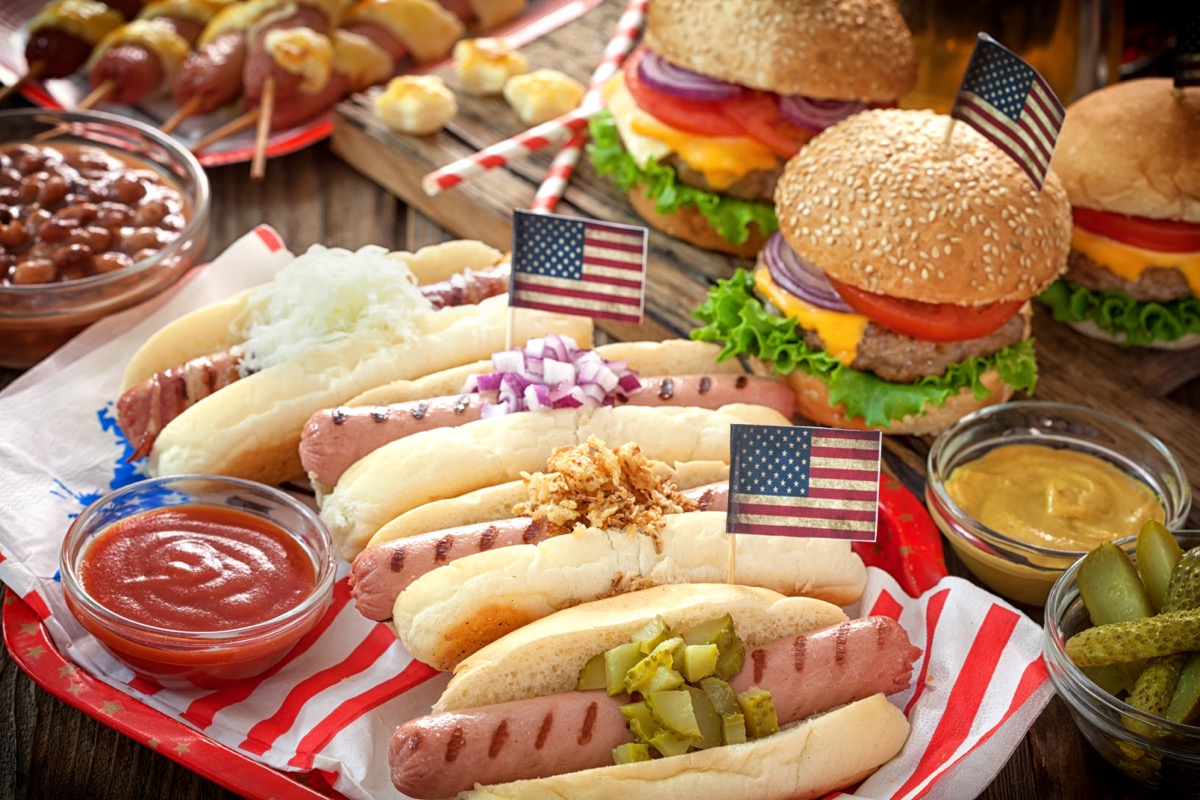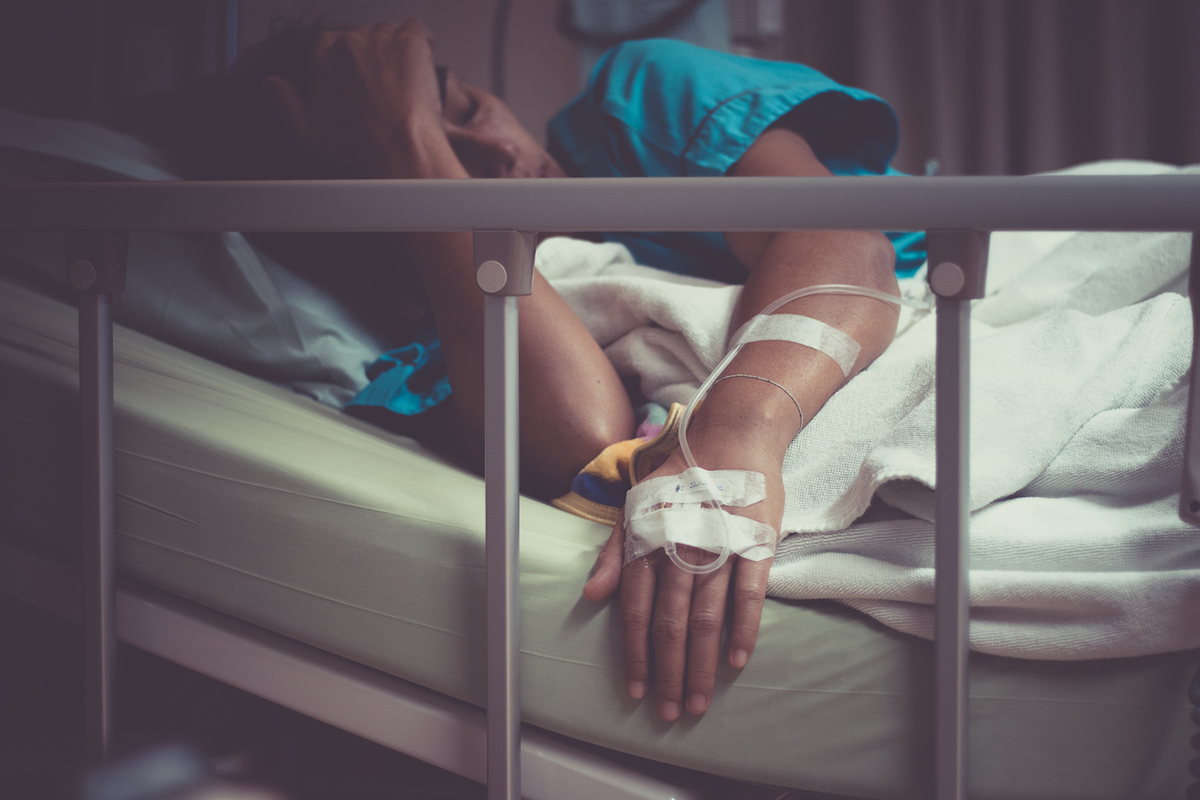RELATED: If You See This at a Barbecue, Don’t Eat It, USDA Says in New Warning. While many people will instinctively steer clear of certain foods that have been left to sit in the sun at a barbecue or picnic, that’s not the only potential food hazard you may encounter—or inadvertently cause—at your next outdoor gathering.ae0fcc31ae342fd3a1346ebb1f342fcb According to a survey conducted by the USDA’s Food Safety and Inspection Service (FSIS), just 16 percent of individuals polled said that they followed the FSIS-recommended practice of serving cold food on a plate or bowl with ice surrounding it and storing or throwing away any leftovers within a two-hour period. Even this seemingly conservative advice is only good for more temperate days—if the temperature reaches above 90 degrees Fahrenheit, the USDA cautions that food left out is only safe to eat for a single hour. For more summer safety tips delivered straight to your inbox, sign up for our daily newsletter! It’s not just cold food, like vegetables, pasta salad, or fresh fruit, that requires specific serving conditions in order to ensure it’s safe to eat. The same FSIS survey found that 66 percent of those polled said they didn’t make an effort to keep their hot foods hot, either. Unfortunately, stashing those hot foods somewhere sunny isn’t sufficient to keep disease-causing bacteria at bay. The USDA recommends keeping all hot foods at a temperature above 140 degrees Fahrenheit and refrigerating any leftovers within two hours. If you’re not adhering to specific practices for keeping your cold foods cold and hot foods hot, you could be putting yourself at risk for foodborne illness. The FSIS explains that food enters the so-called “danger zone” when it reaches between 40 and 140 degrees Fahrenheit. At this temperature, certain types of pathogenic bacteria can double over a period of just 20 minutes. Unfortunately, the presence of pathogenic foodborne bacteria, like E. coli, listeria, and salmonella, can’t always be detected by looking at or smelling a particular food. Even if your food is no longer sitting in the sun, the amount of sickness-causing bacteria within it could be rapidly growing. “Food that has been left too long on the counter may be dangerous to eat, but could look fine,” the FSIS cautions. While many people associate foodborne pathogens with unpleasant gastrointestinal side effects, they can—and frequently do—cause far more serious types of illness. According to the Centers for Disease Control and Prevention (CDC), approximately 48 million people in the U.S. become sick from foodborne diseases each year and 128,000 require hospitalization. Additionally, approximately 3,000 U.S. residents die from foodborne illness each year, with salmonella, toxoplasma gondii, listeria monocytogenes, norovirus, and campylobacter spp. associated with the greatest number of fatalities. If you’re concerned that your food may have been left out too long or kept in less-than-ideal temperature conditions, err on the side of caution and toss it. RELATED: The FDA Is Warning You Not to Eat Food Made by This One Company.



